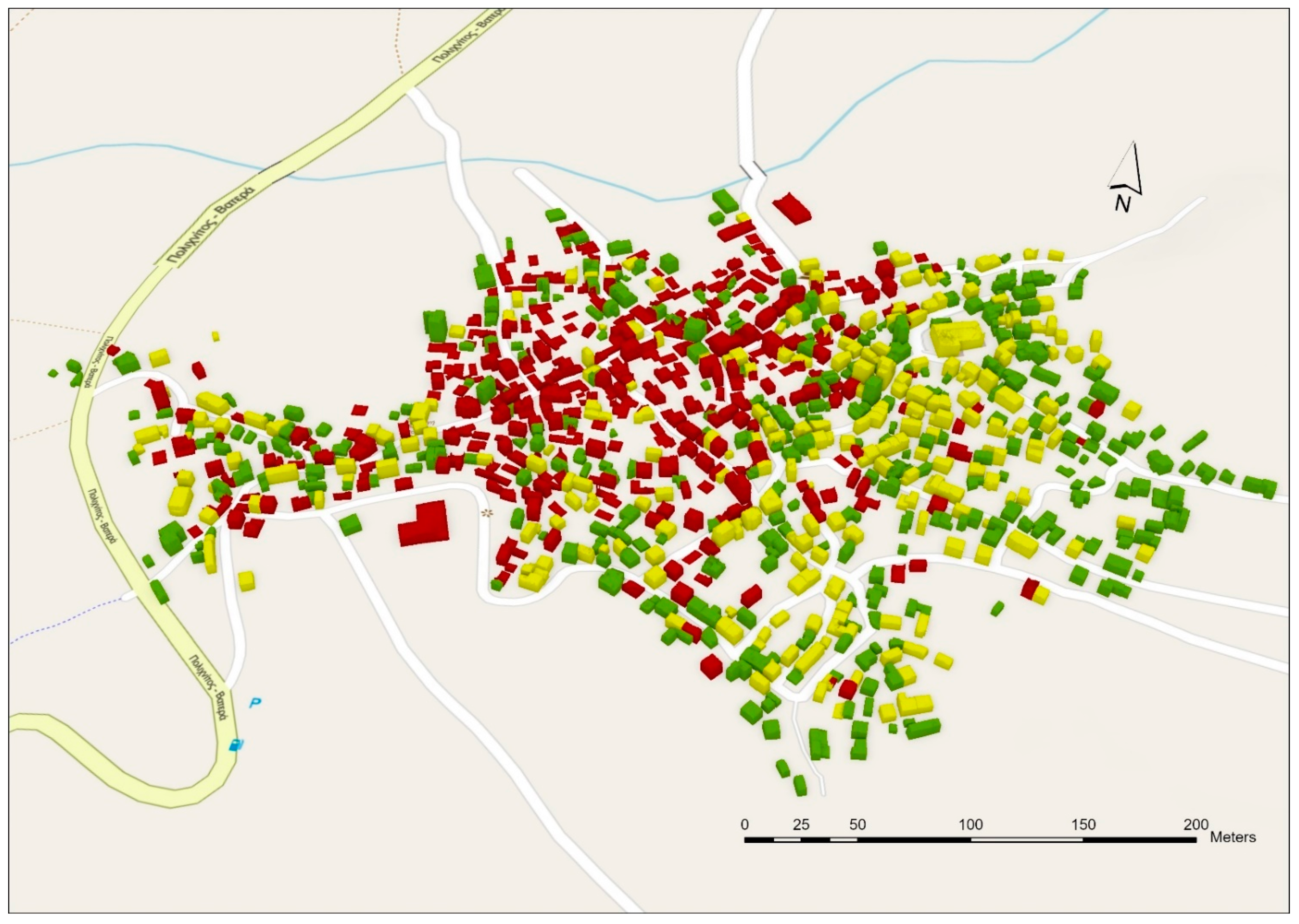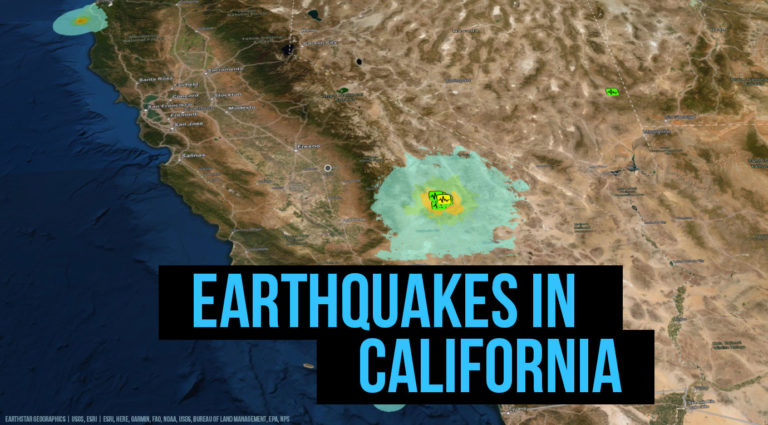

The reflection and transmission coefficients for individual plane waves propagating in a stack of layers can be computed analytically using a variety of methods, such as matrix propagator, global matrix or invariant embedding. This method is based on the integral transform approach, whereby the wave field (cylindrical or spherical wave) is represented by a sum (integral) of time-harmonic plane waves. For 1D elastic models the most accurate approach to full waveform modelling is known as the reflectivity method. For more accurate modelling involving multiple reflections, head waves, guided waves and surface waves, as well as transmission effects and geometrical spreading, full waveform modelling is required.

The convolutional 1D modelling produces seismograms containing approximations of primary reflections only. The input seismic wavelet is chosen to match as closely as possible to that produced during the original seismic acquisition, paying particular attention to phase and frequency content. This series is convolved with a seismic wavelet to produce the synthetic seismogram. This acoustic impedance log is combined with the velocity data to generate a reflection coefficient series in time. This information is then used to calculate the variation in acoustic impedance down the well bore using the Zoeppritz equations. The logs are therefore often averaged over intervals to produce what is known as a 'blocked-log'. These logs provide data with a sampling interval much smaller than the vertical resolution of the seismic data. Density and velocity data are routinely measured down the borehole using wireline logging tools. This is important in identifying the origin of seismic reflections seen on the seismic data. In order that the geology encountered in a borehole can be tied to the seismic data, a 1D synthetic seismogram is generated. Seismic reflection data are initially only available in the time domain. Synthetic seismograms are generated using specialized geophysical software.

In earthquake seismology, synthetic seismograms are used either to match the predicted effects of a particular earthquake source fault model with observed seismometer records or to help constrain the Earth's velocity structure. In the processing of wide-angle reflection and refraction (WARR) data, synthetic seismograms are used to further constrain the results of seismic tomography. It can also be used either to test possible interpretation models for 2D and 3D seismic data or to model the response of the predicted geology as an aid to planning a seismic reflection survey. In hydrocarbon exploration this is used to provide a 'tie' between changes in rock properties in a borehole and seismic reflection data at the same location. A synthetic seismogram is the result of forward modelling the seismic response of an input earth model, which is defined in terms of 1D, 2D or 3D variations in physical properties.


 0 kommentar(er)
0 kommentar(er)
